Metal and other materials encounter friction when they come in contact with another surface. Lubricants are applied between the contact area to minimize friction and allow for smoother motion at higher speeds while generating less heat. Lubrication systems are used to distribute and apply controlled amounts of lubricants to machinery and mechanical components in order to achieve higher performance.
Multiple components of a lubricating system must work together to distribute the lubricant to any mechanism that requires it. In most standard systems, equipment such as a grease pump sucks up the lubricant from a reservoir or pan and runs it through a filter to remove any impurities. It travels through tubes or pipes until it is squirted under pressure from a lubricator onto the parts that need it. If there is any runoff, it is collected and returned to the pump where the cycle begins again. When a lubricant is directed to a series of friction points in a mechanism, the system is referred to as central lubrication and the system is frequently placed directly within the machine itself. Lubrication equipment has advanced to the point that automatic lubricators are able to run without operators which decreases the potential for human error.
The lubricants that are incorporated into these systems vary. Three of the most common include oil, grease and air. Each has its own benefits and is chosen based on the needs of the machinery and equipment. Oil is able to run into tight spaces and provide fast, valuable lubrication even in very small volumes. Grease is thicker than liquid oil and, because of its semi-solid state, requires grease dispensers to be effectively applied. Air lubricators use high pressure pneumatic power to provide lubrication.
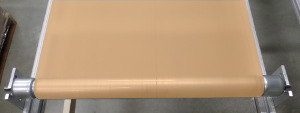 Conveyor Belting
Conveyor Belting Conveyor Systems
Conveyor Systems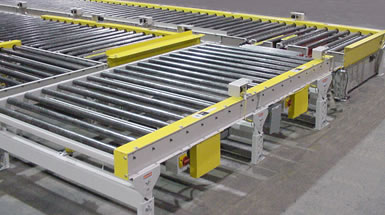 Conveyors
Conveyors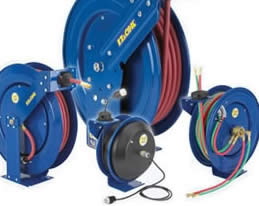 Hosereels
Hosereels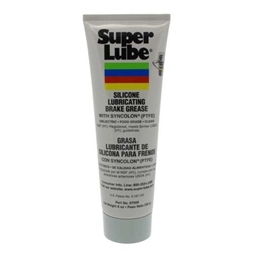 Industrial Lubricants
Industrial Lubricants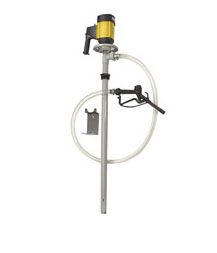 Lubricators
Lubricators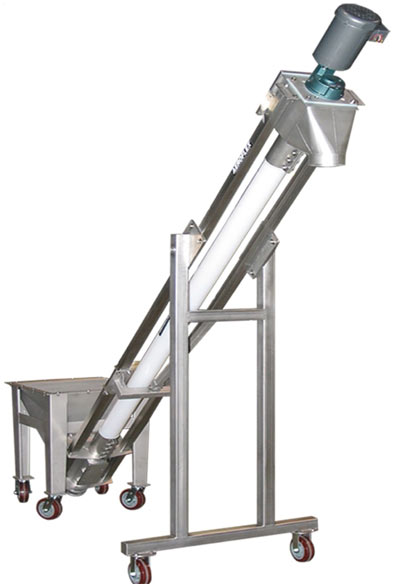 Screw Conveyors
Screw Conveyors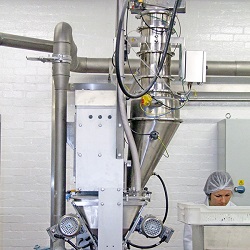 Pneumatic Conveyors
Pneumatic Conveyors AGV
AGV Air Pollution Control
Air Pollution Control Assembly Machinery
Assembly Machinery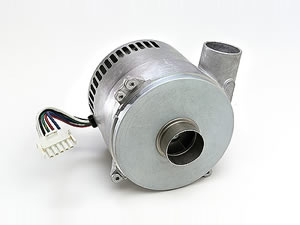 Blowers
Blowers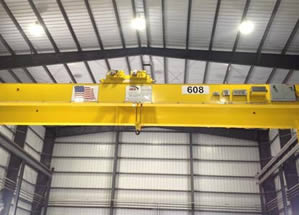 Cranes
Cranes Deburring Machinery
Deburring Machinery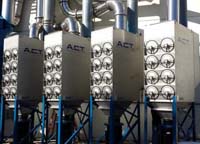 Dust Collectors
Dust Collectors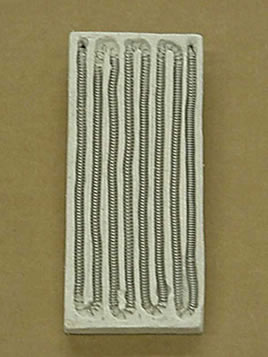 Heaters
Heaters Hose Reels
Hose Reels Mezzanines
Mezzanines Modular Buildings
Modular Buildings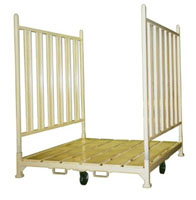 Storage Racks
Storage Racks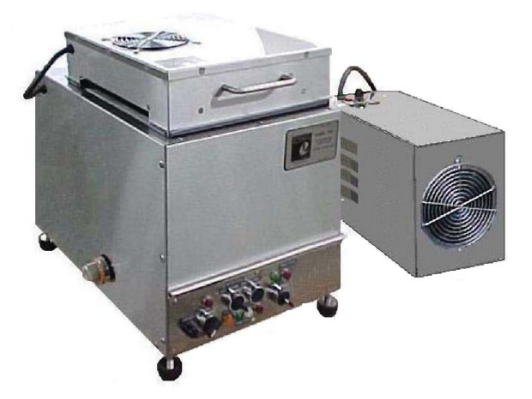 Ultrasonic Cleaners
Ultrasonic Cleaners Work Benches
Work Benches